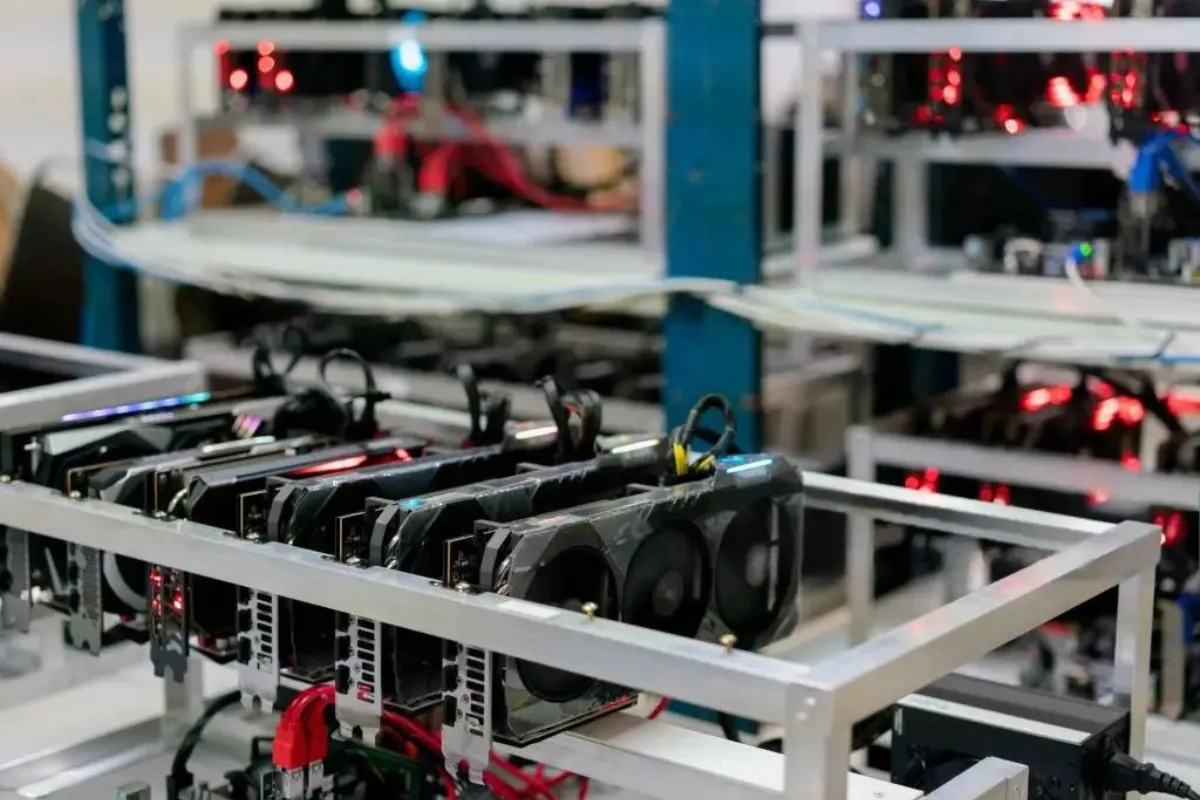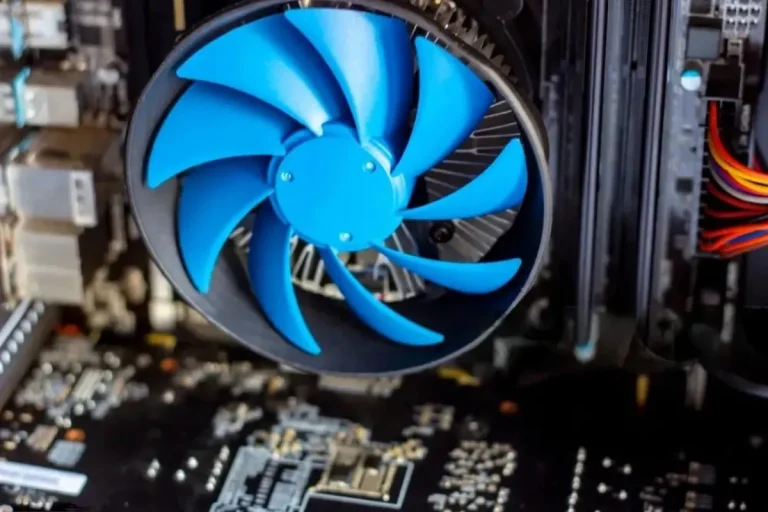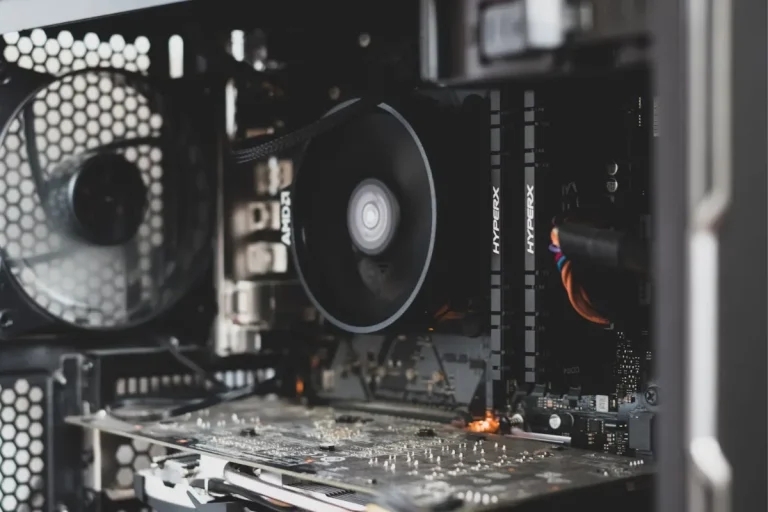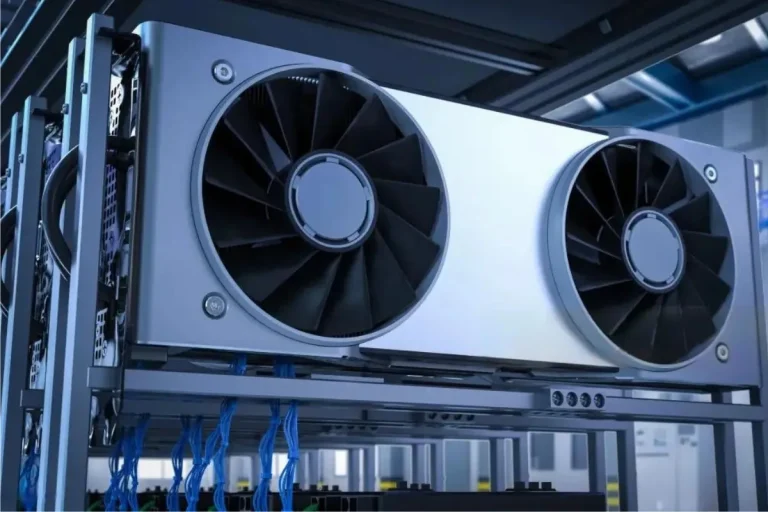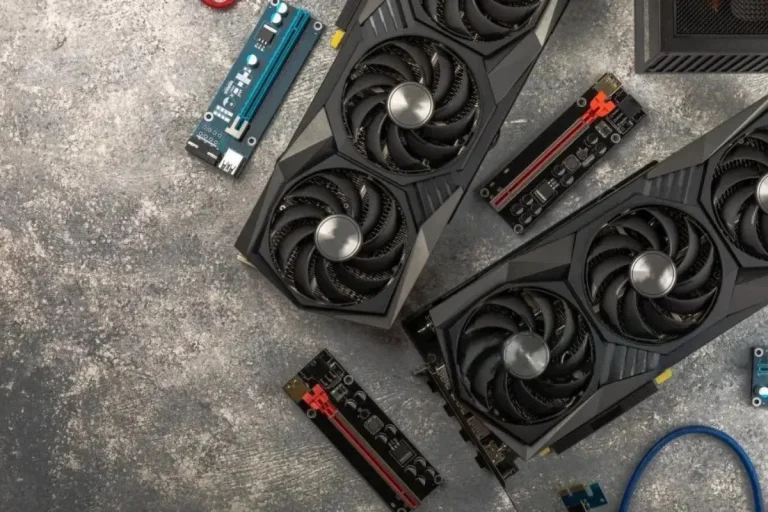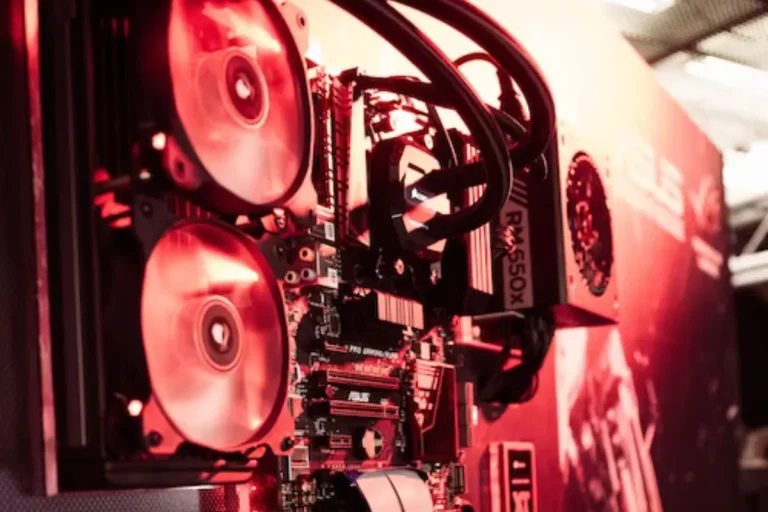How many graphics cards can a PC have?
Have you ever wondered how many graphics cards your PC can handle? When I delved into the world of multi-GPU configurations, I discovered a whole new level of gaming performance. But before diving into the realm of multiple graphics cards, I had to understand the factors that influence their compatibility and the benefits they bring to the table.
Factors Influencing the Number of Graphics Cards
When it comes to determining the maximum number of graphics cards your PC can handle, several key factors come into play. Let’s delve into each of these factors in detail to help you understand their influence and make informed decisions for your gaming setup.
Motherboard Compatibility
As the backbone of your PC, the motherboard plays a crucial role in determining the maximum number of graphics cards you can install. Specifically, it’s the PCIe (Peripheral Component Interconnect Express) slots on your motherboard that dictate the graphics card compatibility.
PCIe slots come in different versions, including PCIe x16, x8, and x4. The number following “x” represents the number of PCIe lanes available for data transfer. The more roads, the higher the potential bandwidth for graphics cards.
- PCIe x16 Slots: These slots provide the maximum bandwidth, allowing for optimal performance. They are typically used for the primary graphics card in a single GPU setup.
- PCIe x8 and x4 Slots: These slots offer reduced bandwidth compared to x16 slots. While they can still accommodate graphics cards, their use is more common in multi-GPU configurations, where the primary focus is on combining the power of multiple cards rather than maximizing individual card performance.
Power Supply Requirements
One often overlooked aspect of running multiple graphics cards is the power supply unit (PSU) requirements. Graphics cards are power-hungry components, and running multiple cards simultaneously demands a robust and sufficient power supply.
To handle the increased power demands, you’ll need a PSU with enough wattage and the necessary power connectors. High-end graphics cards can consume a significant amount of power, so it’s essential to check the power consumption specifications of each card and ensure your PSU can handle the combined load.
Cooling and Space Considerations
Heat dissipation becomes a critical concern when you add multiple graphics cards to your PC. These powerful components generate a substantial amount of heat, and if not properly managed, it can lead to performance degradation or even hardware damage.
Single vs. Multiple Graphics Cards
When it comes to choosing between a single graphics card setup and multiple graphics cards, there are various factors to consider. Each option has its own set of advantages and disadvantages. Let’s dive into the pros and cons of each to help you make an informed decision for your gaming rig.
Pros and Cons of Single Graphics Card Setup
Using a single graphics card offers several advantages, making it a popular choice for many gamers.
- Simplicity: A single graphics card setup is easy to manage. There’s no need to worry about compatibility issues, driver conflicts, or configuring complex settings.
- Cost-effectiveness: Opting for a single graphics card is generally more budget-friendly. You only have to invest in one high-quality card, which can still provide excellent gaming performance.
Limitations of Single Graphics Card Setup
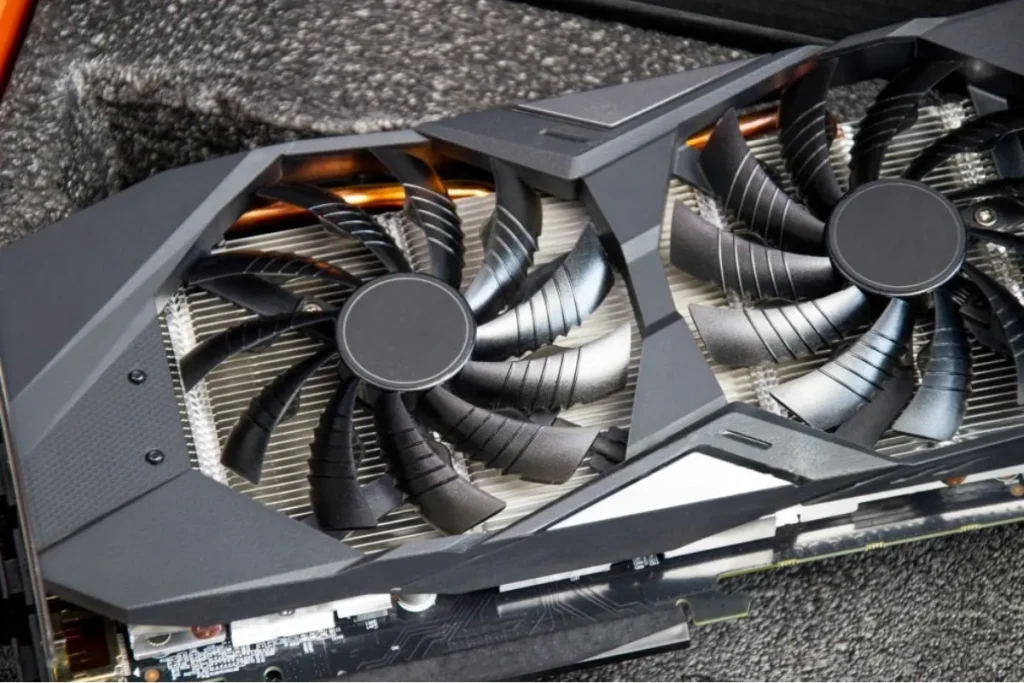
However, there are limitations to consider when using a single graphics card.
Performance:
While a single graphics card can deliver impressive performance, it may not match the sheer power and rendering capabilities of multiple cards. If you’re aiming for the highest frame rates and ultra-high resolutions, a single-card setup may fall short.
Future Upgradability:
With a single graphics card, your upgrade options are limited. As technology advances and newer, more powerful cards are released, you won’t be able to take advantage of the latest advancements without replacing your existing card entirely.
Pros and Cons of Multiple Graphics Cards Setup
Using multiple graphics cards, often referred to as SLI (Scalable Link Interface) or CrossFire, can offer significant benefits:
- Increased Rendering Power: Multiple graphics cards can work together to share the rendering workload, resulting in substantially improved performance. This setup is especially advantageous for demanding tasks such as 3D rendering.
- Improved Gaming Performance: In gaming, multiple graphics cards can provide a considerable boost in performance, allowing you to achieve higher frame rates and smoother gameplay.
Challenges of Multiple Graphics Cards Setup
Despite the benefits, using multiple graphics cards comes with its own set of challenges.
Driver Compatibility:
Not all games and applications are optimized for multiple graphics cards. Some may not take full advantage of the added power, resulting in little to no performance gain. Additionally, driver updates may not always be timely or fully compatible with multi-GPU setups.
Higher Power Consumption:
Running multiple graphics cards naturally increases power consumption. This means you’ll need a robust power supply unit (PSU) to handle the additional load. The increased power draw can also lead to higher electricity bills and potentially generate more heat, requiring better cooling solutions.
Potential Micro-Stuttering Issues:
In some cases, running multiple graphics cards can introduce micro-stuttering, which manifests as irregular frame pacing and can negatively impact the overall gaming experience. While advancements have been made to minimize this issue, it’s still something to be aware of.
Maximum Number of Graphics Cards by PC Type
When it comes to determining the maximum number of graphics cards that can be supported by different PC types, there are distinctions to be made between consumer-grade PCs and enthusiast-grade PCs. Each category has its limitations and capabilities. Let’s delve into the details to understand what to expect from each.
Consumer-grade PCs
Consumer-grade PCs, often marketed towards mainstream users and gamers, have specific limitations when it comes to accommodating multiple graphics cards.
Overview of Maximum Number of Graphics Cards
In general, consumer-grade PCs are designed to support a single graphics card. This is due to various factors, including cost considerations, power supply limitations, and space constraints within the PC case. Manufacturers prioritize creating affordable and compact systems that cater to the needs of the average user.
Popular Gaming PC Brands and Their Limitations
When looking at popular gaming PC brands such as Dell, HP, and Lenovo, it’s common to find that their consumer-grade models are equipped with a single graphics card slot. While some higher-end models may offer the option to upgrade to dual graphics cards, this is not a standard feature across the board. Follow a similar pattern, providing options for dual graphics cards only in select models.
Enthusiast-grade PCs
Enthusiast-grade PCs are designed for power users, gamers, and content creators who require top-of-the-line performance and customization options. These systems often feature high-end motherboards that can accommodate multiple graphics cards.
High-End Motherboards for Enthusiasts
Enthusiast-grade PCs utilize motherboards specifically designed to support multiple graphics cards. These motherboards are equipped with multiple PCIe (Peripheral Component Interconnect Express) slots, which allow for the installation of multiple graphics cards in a single system.
Advantages of Enthusiast-grade PCs

Enthusiast-grade PCs provide several advantages for advanced gaming and content creation:
- Increased Performance: By utilizing multiple graphics cards, enthusiasts can significantly enhance their gaming experience and improve rendering times for complex 3D models or video editing projects.
- Future Expansion: Enthusiast-grade PCs offer the flexibility to expand and upgrade in the future. As technology advances and more powerful graphics cards become available, users can easily add additional cards to their system without needing to replace the entire setup.
- Multi-Monitor Setups: Enthusiasts often require multiple monitors for their work or gaming setups. With multiple graphics cards, it’s easier to drive multiple high-resolution displays simultaneously, allowing for a more immersive and productive experience.
Frequently Asked Questions
1:I want to upgrade my gaming PC with multiple graphics cards, but I’m not sure if my PC can handle it. How many graphics cards can a PC have?
Ah, the allure of a multi-GPU setup! The maximum number of graphics cards a PC can have depends on the type of PC you own. Consumer-grade PCs, which are more common, typically support a single graphics card. However, if you’re an enthusiast and have a high-end PC, you can enjoy the power of multiple graphics cards.
2: I’ve heard that adding more graphics cards can significantly improve gaming performance. Is it worth it?
The age-old quest for ultimate gaming performance! Adding more graphics cards can indeed enhance your gaming experience, but it’s not always necessary for everyone. While a single high-end graphics card can handle most games with ease, a multi-GPU setup can truly shine in resource-intensive scenarios, like running games at ultra-high resolutions or powering virtual reality experiences.
3: Do I need a special power supply to support multiple graphics cards?
Ah, the power dilemma! When it comes to multiple graphics cards, you do need to ensure that your PC’s power supply can handle the extra load. Graphics cards are hungry beasts that demand a significant amount of power, especially when you have more than one. High-quality power supplies with ample wattage and multiple PCIe power connectors are essential for a stable and reliable multi-GPU setup.
4: Can I mix different graphics cards in a multi-GPU setup?
The compatibility puzzle! Mixing different graphics cards in a multi-GPU setup, also known as SLI (Scalable Link Interface) or CrossFire, can be a bit tricky. While it’s technically possible to combine different graphics cards, it’s generally recommended to use identical models for the best compatibility and performance. Mixing different GPUs can lead to driver conflicts, inconsistent performance, and potential headaches.
5: I have a limited budget. Should I invest in multiple mid-range graphics cards or go for a single high-end card?
The budget conundrum! When it comes to choosing between multiple mid-range graphics cards or a single high-end card, it’s a matter of finding the sweet spot for your needs. While a single high-end card can provide excellent performance, multiple mid-range cards in a multi-GPU setup can offer a comparable or even better experience in certain scenarios.
Conclusion
Well, it all depends on the type of PC you have. Consumer-grade PCs, which are typically aimed at mainstream users and gamers, are generally designed to support a single graphics card. This is due to factors like cost, power supply limitations, and space constraints within the PC case. Popular gaming PC brands such as Dell, HP, and Lenovo usually offer models with a single graphics card slot, although some higher-end options may allow for dual graphics cards.
